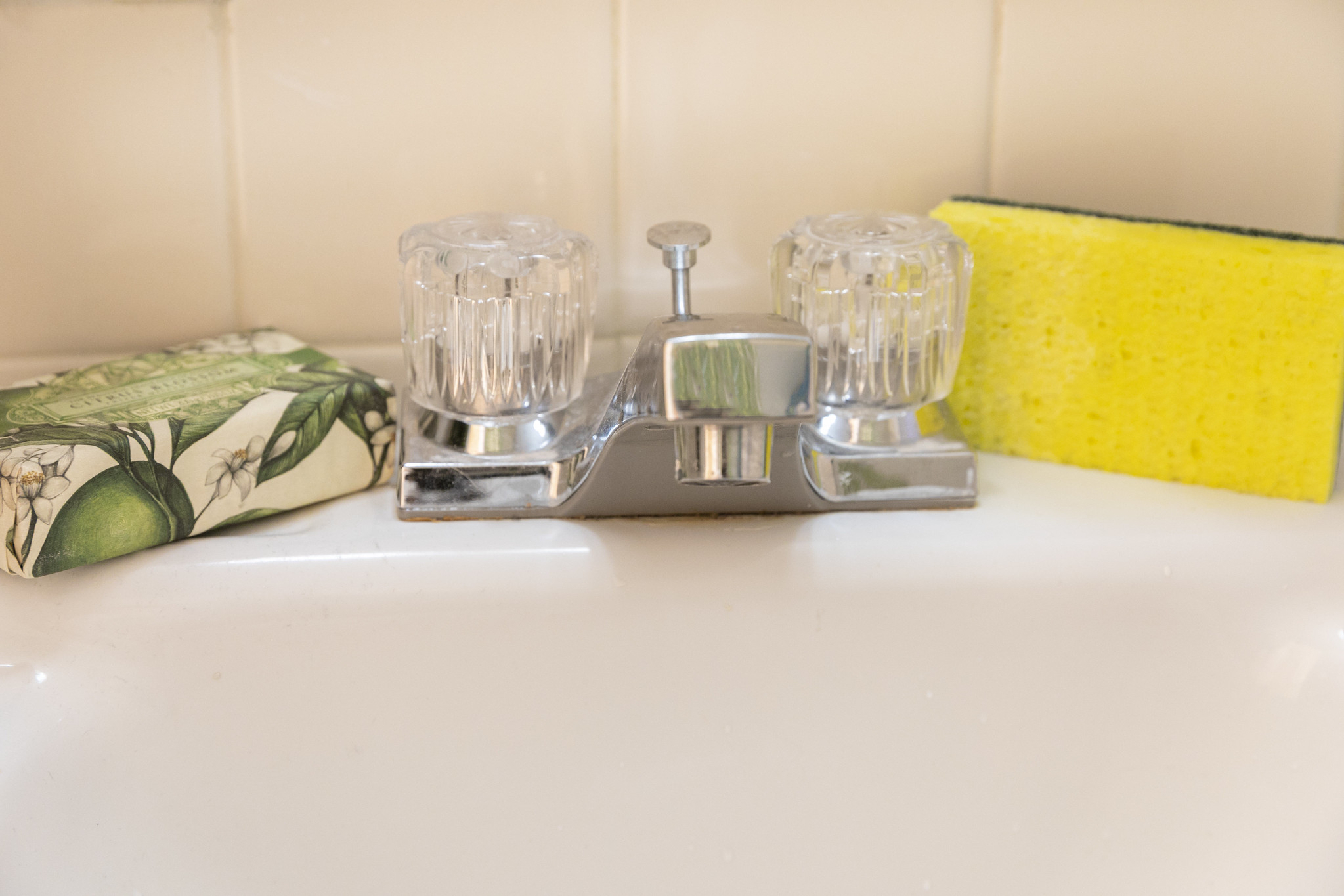Private Well Program

After going through the well water testing process and receiving results, it is time to think about the next steps. If the water analysis results show contaminants above the recommended Environmental Protection Agency (EPA) maximum contaminant level guidelines, seek appropriate treatment. Always consult with a professional while deciding on a treatment method for your home water system.
Selecting a treatment system requires weighing many factors and may be easier with the help of a professional. The right approach for a situation can be dependent on the amount of water to treat, the pollutants present and their concentration, as well as the cost of treatment options (factoring in maintenance costs). Successful ways to treat well water contamination include filtration, reverse osmosis, distillation, aeration, ion exchange, and disinfection.
Well Water Treatment Systems
Water treatment systems are generally either point-of-use systems or whole-house systems.
A point-of-use system addresses water quality at the location the water is gathered for use, such as the kitchen sink. These include typical water filters placed on faucets, pitcher filters, under the sink systems, refrigerator filters, and even personal water bottles.
Whole-house systems are installed to treat water as it enters the plumbing system rather than at the point-of-use, resulting in pre-treated water coming from all taps. Some examples of this system include ultraviolet radiation, water softeners, or whole-house carbon filters.
Installation of multiple systems work together forming a treatment train. Treatment trains place treatment systems in a planned sequence to ensure each treatment method performs at its best capacity.

1. Filtration removes the particles causing cloudiness. 2. Anion exchange removes unwanted anions but decreases water pH. 3. Water pH is raised by a specific filter or chemical addition.
For example, anion exchange is a treatment method that is negatively affected by cloudy water and can lower the water pH. An appropriate treatment train (see figure above) would be:
- a pretreatment to remove the particles causing cloudiness
- anion exchange
- a post-treatment to raise the pH
More examples will be provided in the sections discussing treatment options below. For a detailed list of purification systems designed to reduce contaminants, view the NSF (National Sanitation Foundation) guide with links to specific products known to reduce specific contaminants.
Before You Buy Water Treatment Systems
Not all water filters are created equally. To ensure that the filters you are selecting will actually work, consider looking for products approved by a third-party certification system.
The EPA has listed organizations who are certified by the American National Standards Institute (ANSI) and use ANSI standards to certify the treatment claims made by the companies. A certified product should state what contaminants it can reduce and display a seal(s) of certification. Third-party testers include NSF International, Water Quality Association, IAPMO, CSA Group, and UL LLC.
Common Water Problems
*When paired with other treatment
**Includes chlorination, ozonation, and ultraviolet radiation
***Treating incoming levels of 50 ppb or less
****Per- and polyfluoroalkyl substances
*****Total dissolved solids
******Volatile organic compounds
| Water Problems | Particle Filters | Micro-filtration | Activated Carbon Filter | Reverse Osmosis | Distillation | Aeration | Cation Exchange | Anion Exchange | Disinfection** |
|---|---|---|---|---|---|---|---|---|---|
| Acidity | X* | ||||||||
| Arsenic*** | X | X | X | X | |||||
| Bacteria/Coliform | X | X | X | ||||||
| Dissolved Iron/Manganese | X* | X | X* | X | |||||
| Fluoride | X | X | |||||||
| Hardness | X | X | |||||||
| Metals | X | X | X | ||||||
| Nitrate/Nitrite | X | X | X | ||||||
| Organic Chemicals | X | X | X | ||||||
| PFOA/PFOS**** | X | X | |||||||
| Radon Gas | X | X* | |||||||
| Sediment | X | X | |||||||
| TDS (Salinity)***** | X | X | |||||||
| Undesirable Tastes and Odors | X | X | |||||||
| VOCs****** | X | X | X* |
For more information on specific treatment options, please see the Private Well Program’s article on Specific Treatment Options for Well Owners.

